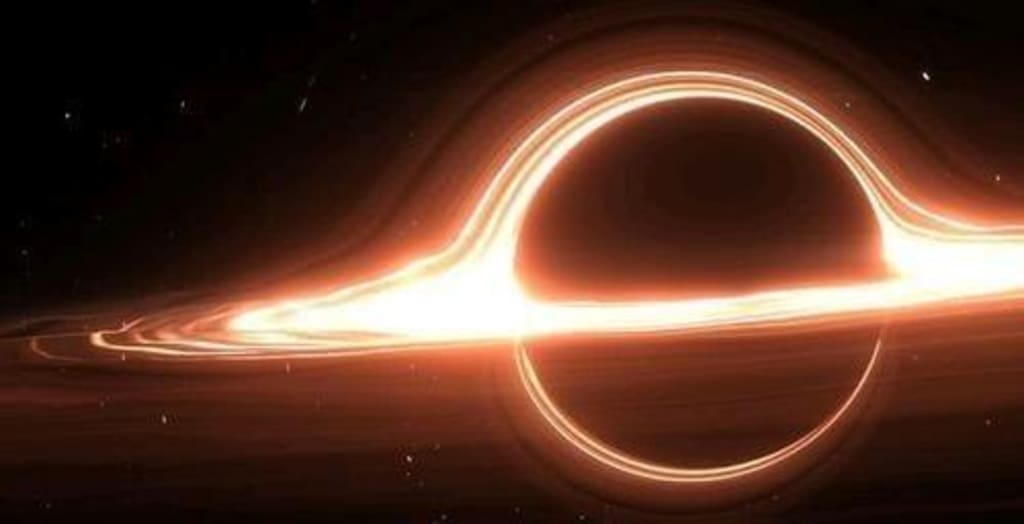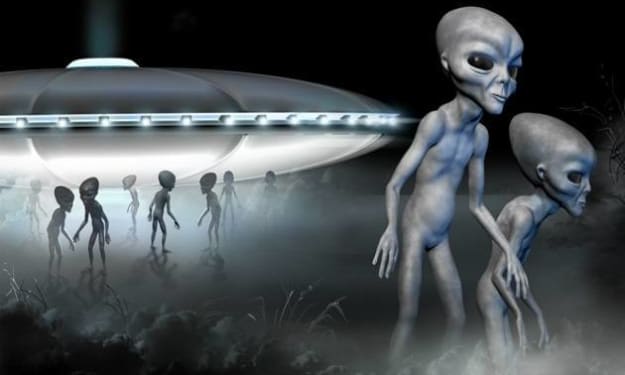Scientists have discovered the smallest and closest black hole, only 1500 light-years away, will it affect us?
Smallest, closest black hole discovered, just 1,500 light-years away

Black holes are arguably one of the most amazing and elusive celestial bodies in the universe so far. From the perspective of the characteristics, formation process and influence of black holes, scientists divide the black holes in the universe into three types, namely, the central black holes of galaxies, the collapsed black holes of massive stars, and the tiny primordial black holes generated at the moment of the Big Bang. In recent decades, astronomers have used various monitoring methods to discover many large black holes at the centers of galaxies, as well as medium-sized black holes formed after the collapse of massive stars at the end of their lives. However, the question of just how small a black hole can be has been a mystery in astrophysics.
Recently, astronomers discovered a small black hole at a distance of 1,500 light-years from the earth. Its mass is only three times that of the sun. It is one of the smallest black holes discovered so far, and it is also the closest black hole to the earth. Next, scientists' continued research on this small black hole may provide a solution to the problem just now.
The discovery of the smallest black hole
Due to the super gravitational force of black holes, even light cannot escape from their event horizons, so people cannot directly observe black holes, and can only judge their existence through indirect observation methods. There are three main methods. One is to observe that in the process of absorbing large celestial bodies such as surrounding stars, the high-heat accretion disks formed by violent friction and impact will release a large number of high-energy rays such as X-rays. Specialized X-ray telescopes can capture this phenomenon.
The second method is around the black hole. If there are large celestial bodies such as stars and neutron stars that can be observed, under the super gravitational action of the black hole, the orbits or shapes of these celestial bodies will appear "abnormal", which is different from conventional observations. The appearance of the celestial bodies is completely different. Based on this, it can be judged that these celestial bodies are likely to be attracted by the huge gravitational force, so that the position and size of the black hole can be determined according to the morphological changes and operational differences.
The third method is to apply gravitational wave detection. By detecting the space-time fluctuations generated during the collision of neutron stars or the fusion of neutron stars and black holes, the distance to the gravitational wave source and the change in the mass of the gravitational source can be inferred. Whether the source is a neutron star or a black hole.
A research team from The Ohio State University recently discovered a red giant star named V723 in the starry sky of the constellation Monoceros through the second method mentioned above, and its brightness and spectrum have undergone periodic changes. The research team speculates that the red giant is being pulled by an invisible "companion star", gradually twisting it into a "raindrop" shape. After analysis by mathematical modeling, this invisible "companion star" is most likely a neutron star or a black hole, and the black hole is more likely to exist.
Because the red giant star has not yet been sucked away, the nearby black hole does not have an accretion disk, and nothing can be observed through the X-ray telescope, so it has not been discovered by scientists until now. Scientists named the black hole after the Greek word for "unicorn". Therefore, this kind of "quiet" type of black hole is difficult to find because it rarely releases high-energy ray streams outward. To a certain extent, it shows that perhaps the space around our earth has this "quiet type" within a certain range. There are far more black holes than expected.
This discovery fills a gap in the study of black hole mass
Up to now, most of the black holes discovered by scientists are very massive, such as the black holes in the center of galaxies (including the giant black holes in the center of the Milky Way). We are all very far away. Through continuous in-depth observations, the black holes detected by scientists are getting smaller and smaller, and they are getting closer and closer to us.
For example, in 2017, some scientists detected the collision of two neutron stars through the gravitational wave detection method in a distant extragalactic galaxy, and speculated that a "small black hole" 2.8 times the mass of the sun would be formed after the collision. We are too far away, hundreds of thousands of light-years away.
In 2019, through the method of gravitational wave detection, scientists detected a space-time "ripple" phenomenon caused by the collision of two giant celestial bodies in a region of a gravitational wave source called gw190814. It is speculated that the mass of one of the celestial bodies is only the mass of the sun. 2.6 times, it could be a very heavy neutron star, or the smallest black hole known so far. However, using gravitational wave detection, it is difficult to conduct long-term research on the same region. On the one hand, the regions of gravitational wave sources are too far away from us. On the other hand, this process is fleeting and will not happen again. , whether it is to capture the signal or to study in depth, the difficulty is quite large.
In 2019, a research team discovered a celestial body with a mass 4 times that of the sun and a suspected black hole at a distance of 1,100 light-years from the earth. It is revolving around two stars, forming a "three-body system". If this discovery It is confirmed that it will be a black hole closest to the earth, but this discovery has not been recognized by other research institutions.
Recently, the "black hole" detected by scientists using the non-gravitational wave method is based on its surface morphology, which is more intuitive and convincing, and it is still in the "back garden" of the Milky Way, which is not too far from the solar system. It makes the observation results more accurate and reliable, and injects a shot in the arm for scientists' continuous black hole detection.
Will the collapse of matter and the release of energy have an impact on the earth?
Scientists are trying to further reveal the physical mechanism of the formation of neutron stars and black holes through the study of this smallest and one of the latest small black holes. For a long time, we have imagined the formation process of neutron stars or black holes through theoretical deduction, that is, stars of different masses have completely different fates at the end of their lives.
When it reaches 1.44 times the mass of the sun, under the strong gravitational force, the electrons outside the atomic nucleus of the material are pressed into the nucleus and combine with protons to form neutrons, thus forming a very dense star-neutron star, which is almost all composed of neutrons. The mass of matter per cubic centimeter will reach an astonishing 80-2 billion tons. When it reaches 3.2 times the mass of the sun, the internal gravitational effect is stronger, and even the neutron degeneracy pressure cannot resist further collapse, and finally a black hole is formed.
The process of star collapse is very short, that is, at the moment of "collapse", which is a few seconds, the star will "decide" whether to explode into a neutron star or to collapse indefinitely to form a black hole. In the actual formation process of a black hole, it may be formed instantaneously, or it may be an oscillation process accompanied by supernova explosion, material fall, continuous collapse, etc. Of course, these are also carried out in a very short period of time. , this process can only occur in the cosmic space, we exhaust everything, and it is impossible to simulate it in the laboratory, because we cannot create a celestial body with such a large density of matter, and there is not so much energy, even for a moment. The changes in the density of stellar cores are not fully understood by us. Fortunately, we have discovered a "unicorn" black hole, which may help scientists piece together this cosmic mystery "up close".
For the formation of many black holes, supernova explosions are almost inseparable. The super-strong X-ray bursts released in an instant are enough to "bake dry" a close-up star. Scientists have given information on whether this distance is safe or not. A critical value, depending on the size of the burst, is about 50-100 light-years. If the direction of the ray burst is just facing the earth, then the safe distance will be increased.
In the future, the "unicorn" is bound to devour the surrounding red giant stars, and at the same time, it will release a super-strong X-ray burst. With reference to the safe distance of a supernova explosion, even if the ray burst points to the earth, we are still in a safe zone. Moreover, this black hole has its own trajectory, and it is estimated that it will not "wander" near the solar system, so we can rest easy.
About the Creator
witty lukas
The doubts held by human beings are the germs of science






Comments
There are no comments for this story
Be the first to respond and start the conversation.